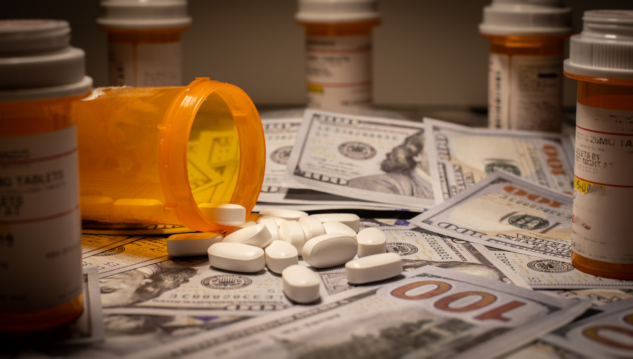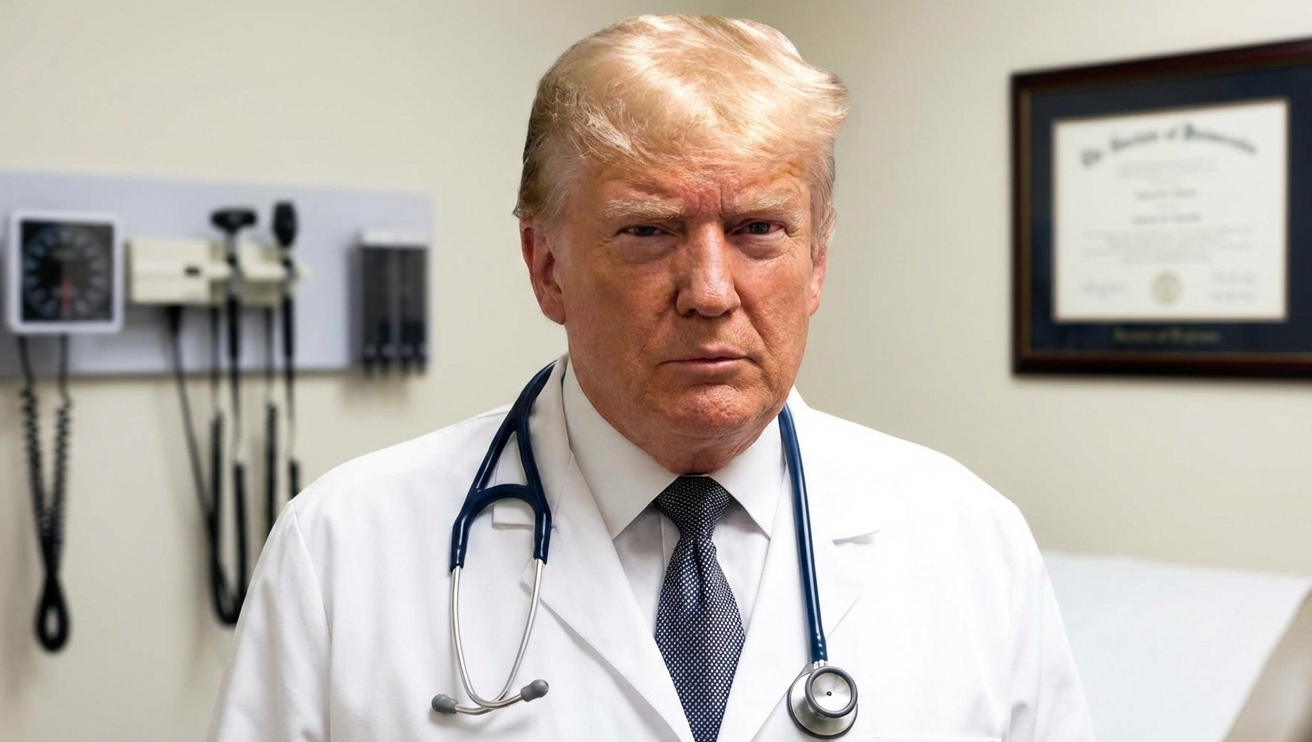(ThyBlackMan.com) The Biden administration and Congress have made clear the importance of investing in community well-being with passage in the House of Representatives of the Build Back Better Act and the now-signed-into-law bipartisan infrastructure bill. Transportation, education, child care, broadband access, clean air and water, and affordable housing are all deemed priorities for the use of public resources.
But contrary to the administration’s focus on equity issues, this act would actually deter efforts to protect underserved communities and hampers innovation critical to patients. Washington is squandering the opportunity to optimize a golden era of medical progress by supporting discriminatory drug price “negotiation” provisions. These would reduce access to state-of-the-art medicines while elevating the patient risk for hospitalizations, emergency room visits, disabilities and death. The legislation would impose an excise tax on drug companies that do not comply with the negotiation process, starting at 65% to a maximum of 95%. With the government able to name its own price by force of law on specific drugs, the market will no longer have an incentive to invest in medical breakthroughs.
Health systems should be designed to assess patients’ risks for acute events like COVID-19, respiratory infections and heart attacks, devote resources to reducing that risk and improve quality of life. The Build Back Better Act restricting access to care in the name of short-term financial savings is neither good for the American people or a wise financial investment.

Politicians striving to attain or keep office can get guaranteed applause by promising to dramatically cut the cost of prescription drugs. This political drumbeat is increasingly reflected in continued policy efforts such as the Build Back Better Act that link drug prices in the U.S. to those of other nations that employ government price controls. We are not a command economy, but such legislation would give the federal government command power to control drug prices in the United States. With the power to control prescription drug prices is the power to determine investments in medical innovations. Is that what we really want; is the transference of our ability to innovate from the marketplace to the government good for America.
Indeed, the only purpose of our health care system is to conserve life by reducing patient risk. We can distort that purpose with implications for generations yet born by our failure to appreciate the investment we are making in arresting the illness that have constrained our lives, rich and poor. If we believe that short-term financial gains are more important than mitigating risk to patients, the objective reality will endorse our decision by raising hospitalizations and mortality.
What makes this sledgehammer approach to drug pricing so indefensible is that we live in an age of extraordinary data analysis capabilities that make precision decision-making possible. Other industries use big data to accurately predict how people will vote and where they will shop, but the government is still pursuing prescription drug policies that do nothing to increase access for underserved communities. In actuality, these policies reduce investment meant to treat conditions like diabetes, high blood pressure, cardiovascular disease and HIV that disproportionately affect people of color.
Take, for instance, the HIV community, which has for decades battled with health disparities, particularly among people of color who are most likely to be infected by the virus. Black Americans currently account for more than 40% of HIV infections in the U.S. despite only making up 14% of the population. Latinos account for more than 23% of infections despite being 18% of the population.
New analyses indicate that current federal policies in the Build Back Better Act will lead to a 21% decrease in investment in HIV research and development, which equates to up to 550 fewer clinical trials over the next six years. Fewer trials mean less scientific knowledge of the disease and fewer opportunities to find a cure.
If the Build Back Better Act becomes law, innovations meant to save millions of lives may never reach the patients who need them because of government price negotiations’ impact on medical investments. If the goal is to assist all Americans, then Congress must invest in vulnerable communities and reject proposals that will exacerbate disparities and worsen outcomes.
Instead of taking a broad, heavy-handed approach to reducing financial risk without regard to the impact on individual patients, the appropriate model is to make patient health the priority and use the best tools available to manage outcomes.
At a time in which historic progress is being made in developing treatments for diseases from HIV to cancer to Alzheimer’s, it makes little sense to focus narrowly on cutting drug costs. We should be doing the opposite and increasing our investment in health care. Sustainability is the word for the 21st century. We should not miss a generational opportunity to align advances in medical science with vastly improved population health.
Written by Gary A. Puckrein
Official website; https://twitter.com/NMQF
















Very informative. Great article Dr. Puckrein.